Give Noir a Chance: The Naked City (1948)
I’ve had an idea for a new blog series for quite some time now, and I thought that today was a perfect day for my first entry. Over the decades, I’ve seen innumerable noirs – some that I frankly don’t even remember, many that I’ve loved, and a few that left me cold despite their acclaim from critics and fans. The latter group is the focus of my new series – Give Noir a Chance. In it, I’ll be revisiting those noirs that didn’t exactly capture my fancy the first time around, to see if age plus time equals appreciation.
My first entry in the series is The Naked City (1948), which was an easy pick, as it was a recently selection for the Classic Movie Meetup Group I belong to. I hadn’t seen it since my initial viewing in the late 1990s, when I was working on my book Femme Noir: The Bad Girls of Film (one of the chapters focuses on Naked City star Dorothy Hart). In a very simple nutshell, the film focuses on police efforts to solve the murder of a local model who was found dead in her bathtub. Narrated by the film’s producer Mark Hellinger (who died of a heart attack at the age of 44, before the movie’s release), The Naked City falls into the category of “police procedural,” showing us how the authorities investigate and solve a crime.
The cast of characters includes Lt. Dan Muldoon (Barry Fitzgerald), a veteran police officer who heads up the criminal investigation; Muldoon’s rookie assistant Jimmy Halloran (Don Taylor); Frank Niles (Howard Duff), a friend of the deceased girl, Jean Dexter; Niles’s fiancée, Ruth Morrison (Dorothy Hart); and Willie Garzah (Ted de Corsia), a local wrestler who gradually becomes the focal point of the investigation.
I appreciate the way the film introduces these characters. Muldoon is fixing his breakfast in his miniscule kitchen and singing an Irish ditty. Halloran is awakened by his infant child and covers his head with his pillow to muffle the sound. Frank and Ruth are enjoying a night on the town, and Garzah – though we don’t yet know who he is – is committing murder. It’s a neat and economical way of telling us a little something about each of them. The most interesting character to me is Frank, who seems to be physically incapable of telling the truth. And most of his falsehoods are easily debunked – like telling Muldoon that he served in the South Pacific during World War II (a captain, yet!), when he wasn’t in the war at all. Or that he barely knows Ruth Morrison when it turns out that he’s engaged to her. Or that he has a business as a merchandising consultant when actually he has no job at all. It’s rather fascinating watching him blithely offer up these fake factoids, only to be cold busted with the truth scant minutes later. It’s like a kind of game: how many lies can this one guy tell? (And the lie about the war wasn’t even necessary – nobody asked him about his service record: he volunteered the information!) This habit of shying away from the truth prompts Muldoon to share that in his 38-year career, Niles is “probably the biggest and most willing liar I ever met.”
Also of interest to me were the parents of Jean Dexter – the silent and stoic father (Grover Burgess, in his last role), the mother (Adelaide Klein), rather crass, outspoken, and cold; her first words inform Muldoon and Halloran that she “knew [her daughter] would turn out no good. All these young girls – so crazy to be with the bright lights. No bright lights for her now, is there?” Her mother goes on to talk about the scandal of Jean’s murder, and its effect on her husband, who works as a gardener (“He’ll get fired now. I hate her . . . I do. A million times I warned her.” She continues spewing her venom until she’s asked to identify her daughter’s body – and it’s only then that she breaks down in heart wrenching sobs.
The film is also peppered with several colorful characters who make only brief appearances. There’s the elderly lady (Jean Adair) who visits the precinct to insist that she can help solve the case, which will involve such actions as burying the front tooth of a hound dog 50 feet from the murder victim’s grave. And the neighborhood grocery boy who dramatically confesses to the murder, telling the cops he wants to be punished, but winds up with a one-way trip to the psych ward at Bellevue Hospital instead. And Ruth Morrison’s mother (Enid Markey), a wealthy matron whose stolen jewels turned up in the possession of Jean Dexter and Frank Niles. A flighty, easily distracted type, in one moment she’s sharing her disappointment that the police only found one ring, in the next, she’s distracted by the ring’s beauty (“I love to glitter! It’s a fixation.”), and a second later, she’s drawn to Halloran’s good looks. Incidentally, the movie features small roles by Kathleen Freeman (as a subway passenger, she has one line), James Gregory (who plays a beat cop), and Arthur O’Connell, as a detective who’s recognizable only by his distinctive voice. (Several other well-known actors, including Nehemiah Persoff, John Randolph, Percy Helton, and John Marley, are reportedly in the film as well, but for the life of me, I couldn’t spot ’em. If you can give me a clue, please do!)
Speaking of characters, the film’s female lead, played by Dorothy Hart, serves mostly as window dressing. She does have one great scene, though, where she realizes her beloved fiancée is nothing more than a cheap chiseler and a two-timer, to boot. She insists that she loves him and that she would marry him that very night, but when she can no longer fool herself, she wallops him with a series of slaps that would make Joan Crawford proud.
We’re guided through the police investigation by producer Mark Hellinger. He doesn’t just narrate the film; he’s a kind of one-man Greek chorus-slash-omnipresent observer. But his voice doesn’t have that solemn, serious tone that I’ve come to expect in my omnipresent noir narrators. Instead, it seems that it would have been more suited to the Joe McDoakes shorts of the 1940s (“So You Want to Give Up Smoking,” and the like) – a kind of goofy, wry, comedic commentary. In his voiceover during the evening rush hour, for instance, Hellinger comments about the passengers on the subway. There’s a man sleeping with his lunch pail in his lap. “Must’ve had a hard day, brother,” Hellinger says. And a young lady gnawing on her thumbnail as she reads the newspaper article about Jean Dexter’s death. “Don’t bite your nails, honey,” he instructs. “Very few stenographers are murdered.” In another scene, we see one of the detectives on the case enter a beauty parlor. “A detective finds himself in odd places, doesn’t he? How about a mud bath?” Hellinger asks. “No? Well, how about a permanent? Or how about those eyebrows? Ever have them plucked?” Then there’s the scene where Hellinger wraps up the day’s investigation. “It’s been a great day on the Dexter case. Developments? None. New clues? None. Progress? None! Ever tried to catch a murderer? It has its depressing moments.” The whole thing is just odd and a bit off-putting. It serves to minimize the dark tone that would otherwise permeate the film.
I do like the flavor provided by the on-location shooting – children playing in the water from the fire hydrant (when did they stop opening those for children in the summer?), throngs of commuters heading for the subway, crowded streets in the city’s commercial district. By the way, most of the city residents shown in the movie were reportedly filmed without their knowledge – they were captured via a hidden camera in the back of a moving van or inside a fake newsstand.
The film’s climax is one of the best parts of The Naked City, with the police tying together all of the pieces of the complex puzzle and closing in on their man — and winding up with a spectacular sequence atop the Williamsburg Bridge. It’s tense, gripping and, truth be told, the one thing I remembered most about this film from my first viewing so many years ago. It still holds up.
Upon further review, and after giving The Naked City another chance, I have to say that I’m still not overly fond of it. If I don’t try to shoehorn it into the category of film noir, it’s a bit more palatable, but as a noir, it just doesn’t do it for me. It’s missing that oppressive, undeniable feeling of doom, the sensation that everything is going to turn out wrong. Oh, it’s entertaining enough, and I can certainly appreciate certain qualities – the on-location shooting, characters like Niles and Dexter’s parents, the peek inside the intricacies of a police investigation. And when we’re allowed to see the film’s action unfurl under its own steam (instead of being guided by Hellinger’s narration), I definitely like it better.
But I don’t think I’ll be giving it another rewatch any time soon.
~ by shadowsandsatin on March 20, 2023.
Posted in Give Noir a Chance, Noir Films
Tags: Barry Fitzgerald, Dorothy Hart, film noir, Give Noir a Chance, Howard Duff, Mark Hellinger, police procedural, The Naked City









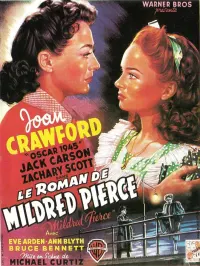




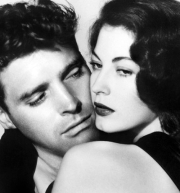













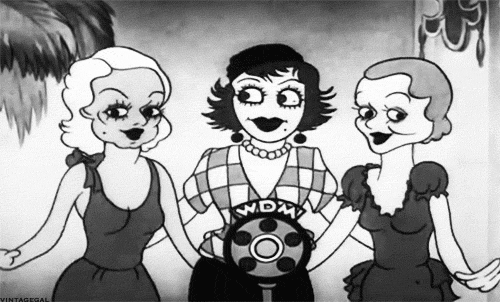


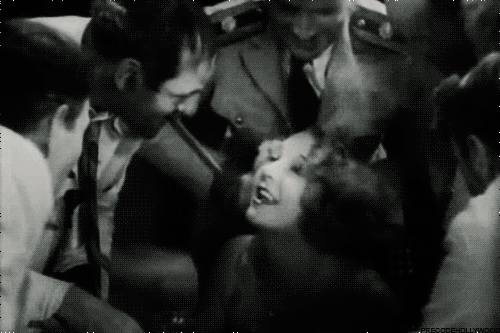


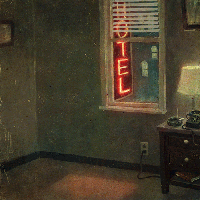
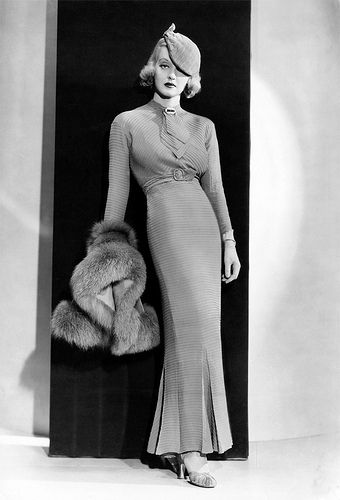



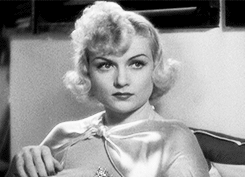
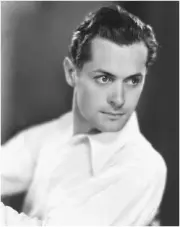
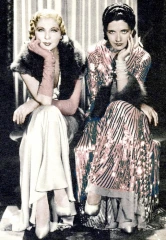

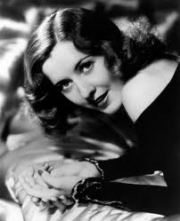



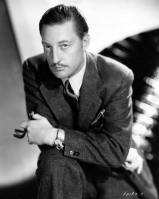




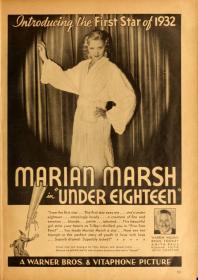
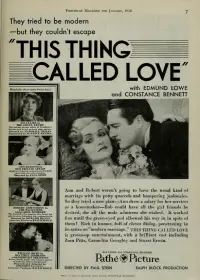

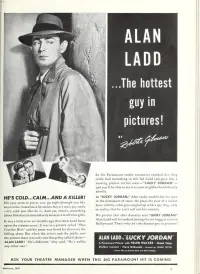
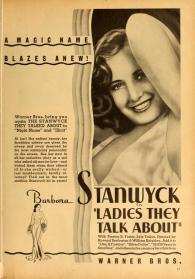

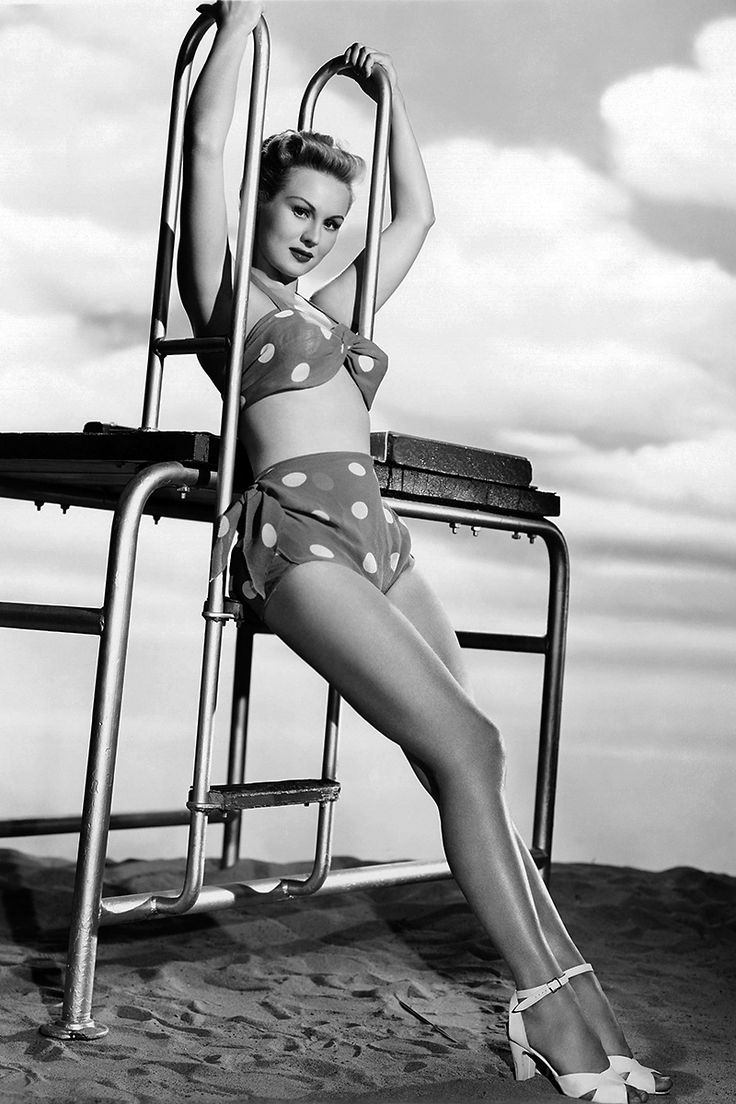

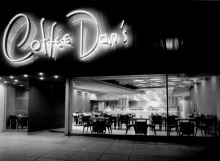

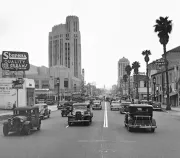
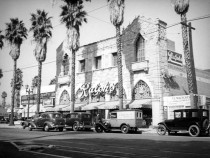


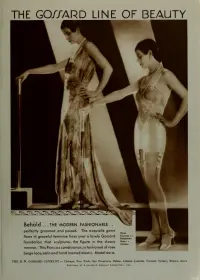

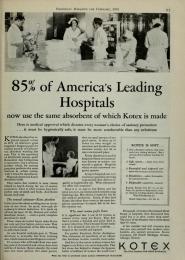

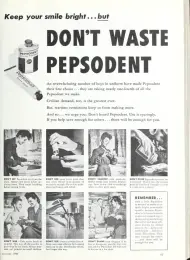


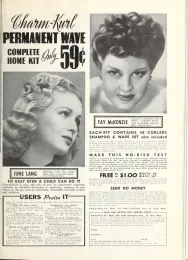


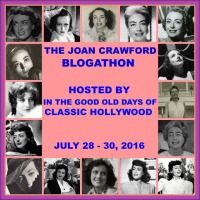


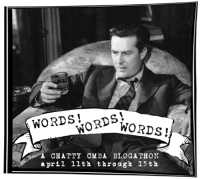

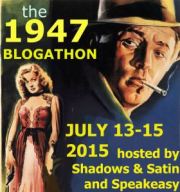
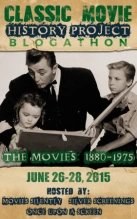
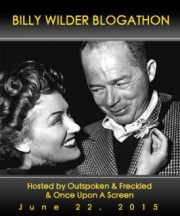


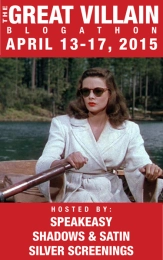


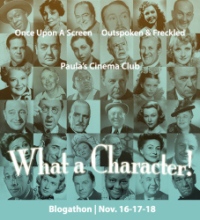
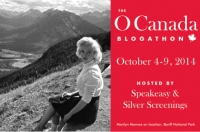


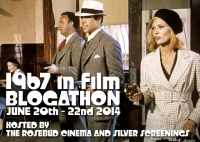


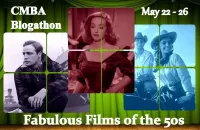
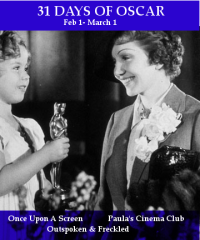
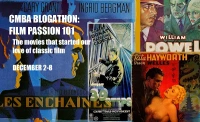







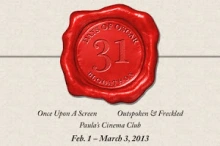

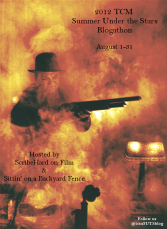


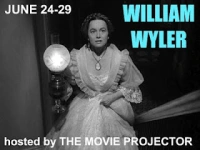





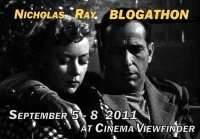

Well I’m hooked. Somehow I’ve never seen this one but the array of characters you describe make it intriguing . I shall seek it out!
Hi, Carol — great to hear from you! It’s on YouTube. I’m one of the few, it seems, who’s not bowled over by the film, but I definitely think it’s worthwhile and it’s got a lot to recommend it. I hope you’ll stop by and tell me what you think after you see it.
congratulations for the article that totally omits jules dassin the director of the movie
Thank you for reading and commenting, Amenhotep. For what it’s worth, this series is about me rewatching noirs that I’ve seen only once, years ago, and didn’t really care for. I’m watching them again, carefully and repeatedly, to see what I like and what I don’t, and to determine whether my tastes and opinions have changed over time. The fact that Jules Dassin directed The Naked City isn’t related to the purpose of the post. Nor is the fact that the outstanding cinematographer William Daniels won an Academy Award for his work on the film. Or that the movie also won an Oscar for film editing. Or that the film was selected in 2007 for preservation in the U.S. National Film Registry by the Library of Congress due to its cultural, historical, or aesthetic significance. I could have mentioned these facts and much more about the film, but they’re not germane to what I’m trying to do here. But I humbly accept your congratulations.
It’s my favorite Duff performance in a film until his role in the Twilight Zone episode “A World of Difference.” He does “weak” really well.😉❤️
You are so right! I just saw that episode for the first time last year!
Ditto his appearance in The Late Show (with Art Carney) in the first five minutes of the movie. He kills it.
I’ve heard of The Late Show, but I’ve never seen it. Just added it to my watchlist — thanks, Mr. Jones!
My pleasure!
I love your idea for a new blog series. Keep it up.
I adore this movie, but I can see that not everybody would love it. Hellinger’s voice-over is definitively an acquired taste and often sails dangerously close to being too cute and ham-fisted.
What does it for me is the location shooting, I love that in classic movies, seeing how cities looked back then, especially if it’s a city you know well. And this movie is a love letter to NYC.
Barry Fitzgerald lays on the Oirish leprechaun charm a bit thick but that’s OK. He always did.
Howard Duff’s character is sort of the less successful version of the sleazy character he played in Shakedown. He was quite good at playing despicable.
The scene with the parents is a punch in the gut. “Why wasn’t she born ugly?” is such a sad question.
It’s great you mentioned Joe McDoakes. My favorite of his shorts is So You Want to Be A Detective. He just nails it.
Thank you bunches, Margot. I can certainly understand why the film’s location shooting is a standout for you — it’s fascinating. And I love looking at the people. I don’t suppose that the children in the fire hydrant were filmed without their knowledge, but I like thinking that they were. You’re so right about the the scene with the parents. I think the father is especially sad. I’m off now to look for So You Want to Be A Detective — thanks for the tip!
What a fun idea for a blog series! I will look forward to future entries. I haven’t seen The Naked City, but I’ve had it on my radar for a while. One of these days!
Thank you for commenting! If you see it, I sure hope you’ll come back and tell me your thoughts.
Oh, I love The Naked City! Wrote about it yeeeears ago! I’m glad you gave it a seconds shot; I can understand not appreciating it on the film noir front, it is much more of a docu-style film than anything, much like He Walked By Night, same year.
So funny you mentioned He Walked By Night — it’s on my list of movies to give another chance! I am sensing a pattern here . . .
Nice idea for a blog series. I may have a narrow viewpoint on the subject, but I never thought of THE NAKED CITY as a noir (although I know the “experts” say it is). While it has some dark elements to it, so much of the film lacks the earmarks of what I think of as noir. Being an aficionado of old films shot in NYC, NAKED CITY is one of my favorites, but it always felt more like a precursor to LAW & ORDER than to any film noir.
Thank you, Mark. I have to say I agree with you about it not being noir — even though I covered it as a noir in both of my books. But upon further review more than 20 years later (and repeated viewings in the last week), I just can’t see it. And, believe me, I’ve tried. I appreciate your comments!!
I’ve seen this film once, and felt kind of “meh” about it, although I loved the NYC footage. But you’ve persuaded me to give it another go.
I hope you’ll let me know if you change your mind!
Looking forward to more of your reviews in this new series, Karen. I’ve always loved this one but do go back and forth as to whether it should really be classified as a Noir or not. I love the documentary look of it and that it was shot on location.
Thank you! I’m looking forward to revisiting some of the films that just didn’t really do it for me the first time around.
LOVE this idea for a series! and looking forward to future rewatches. I like this one a lot as you know, I’m a sucker for a procedural and I enjoy the docu-style, and the Weegee origin/inspiriration, etc etc.
It’s funny, when I reviewed my short list of films I’m going to revisit, several of them are the police procedurals — I’m starting to suspect that I’m not too fond of these. But I’m going to give them a chance!
*inspiration!